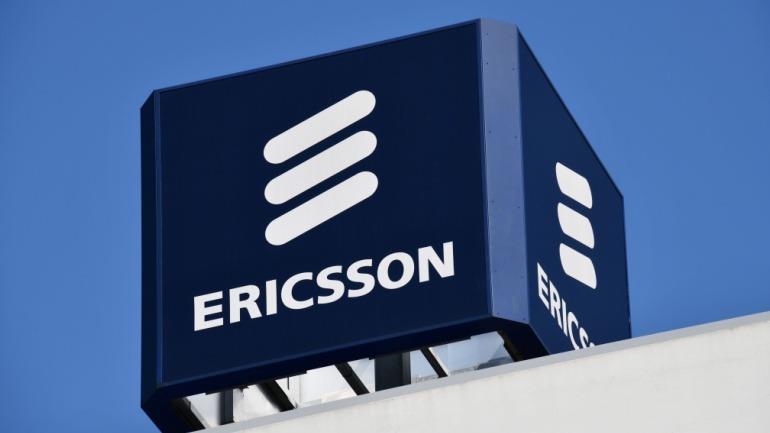In a call to action to policymakers, CTIA President and CEO Meredith Attwell Baker described an imminent “unique opportunity” for developing a strategy that aligns with a recent presidential memorandum for marching towards a clear national spectrum policy. Baker, the champion behind CTIA’s latest roadmap for American spectrum policy in 2024, emphasized during this year’s roadmap launch that 2023 would mark the first year since 2016 when the United States has not conducted a spectrum auction.
Stressing on the pitfalls of each year going auction-less, Baker expressed, “Each year without an auction, or even an auction on the horizon, digs the U.S. deeper into a hole.” She corroborates her claims with instances of ever-growing consumer usage and international allocation spectrum which, according to her, flag cues for the US to leap into action.
Baker predicted that within the next two months, policymakers will shape an implementation plan for a national spectrum strategy. Describing it as an opportunity to “reaffirm our commitment to the types of policies that made America the leader in wireless and the world’s innovation hub,” Baker carries a sanguine view of the enterprise.
Following President’s directive to NTIA, a memorandum for adopting a national spectrum strategy was issued in October. Christened as the National Spectrum Strategy, it relied on four foundational pillars as elucidated by the White House. It encompassed creating “a spectrum pipeline” for maintaining American preeminence in evolving technologies, fostering long-term planning collaboration for addressing the nation’s spectrum needs, promoting spectrum access and management through technological advancement, and raising public awareness on spectrum’s pivotal role in the US economy.
Insisting on the plan’s crucial requirement, Baker pointed out that it “must affirm (the) NTIA’s role as the government’s lead agency on spectrum policy and their leadership and management of future spectrum studies.” She hailed the national spectrum strategy development initiative by President Joseph Biden as a “key building block”, specifically dubbing the lower 3 GHz and 7/8 GHz as strategy bands that deserve prioritizing due to their evident suitability for 5G services, global harmonization potential, and advantageous propagation characteristics.
However, she did not shy away from speaking the bitter truth, stating, “the stark reality is that over the last two years we missed an opportunity to commercialize the lower 3 GHz in a manner that safeguards the military’s mission-critical functions.” The issue with the 7/8 GHz band is that it risks the US becoming a “wireless technology island”. Observing it as the remaining band where the US can show leadership with 5G-friendly mid-band spectrum, Baker insisted, “The US already leads the world on unlicensed access–this is our opportunity to lead in both licensed and unlicensed, define an ecosystem, and ensure that wireless innovation is US-led for a generation to come.”







